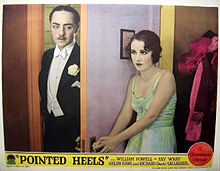
Vina Fay Wray was a Canadian-American actress best known for starring as Ann Darrow in the 1933 film King Kong. Through an acting career that spanned nearly six decades, Wray attained international recognition as an actress in horror films. She has been dubbed one of the early "scream queens".
The Hollywood Revue of 1929, or simply The Hollywood Revue, is a 1929 American pre-Code musical comedy film released by Metro-Goldwyn-Mayer. It was the studio's second feature-length musical, and one of their earliest sound films. Produced by Harry Rapf and Irving Thalberg and directed by Charles Reisner, it features nearly all of MGM's stars in a two-hour revue that includes three segments in Technicolor. The masters of ceremonies are Conrad Nagel and Jack Benny.

The Broadway Melody, also known as The Broadway Melody of 1929, is a 1929 American pre-Code musical film and the first sound film to win an Academy Award for Best Picture. It was one of the early musicals to feature a Technicolor sequence, which sparked the trend of color being used in a flurry of musicals that would hit the screens in 1929–1930. Today, the Technicolor sequence survives only in black and white. The film was the first musical released by Metro-Goldwyn-Mayer and was Hollywood's first all-talking musical.

Thunderbolt is a 1929 American pre-Code proto-noir film directed by Josef von Sternberg and starring George Bancroft, Fay Wray, Richard Arlen, Tully Marshall and Eugenie Besserer. It tells the story of a criminal, facing execution, who wants to kill the man in the next cell for being in love with his former girlfriend.

The Rogue Song is a 1930 American pre-Code romantic and musical film that tells the story of a Russian bandit who falls in love with a princess, but takes his revenge on her when her brother rapes and kills his sister. The Metro-Goldwyn-Mayer production was directed by Lionel Barrymore and released in two versions, with and without sound. Hal Roach wrote and directed the Laurel and Hardy sequences and was not credited. The film stars Metropolitan Opera singer Lawrence Tibbett—who was nominated for an Academy Award for Best Actor for his performance—and Catherine Dale Owen. Laurel and Hardy were third-billed; their sequences were filmed at the last minute and interspersed throughout the film in an attempt to boost its potential box-office appeal.
This is an overview of 1929 in film, including significant events, a list of films released and notable births and deaths.

Helen Kane was an American singer and actress. Her signature song was "I Wanna Be Loved by You" (1928), featured in the 1928 stage musical Good Boy. The song was written for Good Boy by the songwriting team Kalmar and Ruby. Kane's voice and appearance were thought to be a source for Fleischer Studios animators when creating Betty Boop. Kane attempted to sue the studio for claims of stealing her signature "boop-oop-a-doop" style, but the judge decided that the proof of this was insufficient, thus dismissing the case.

The Show of Shows is a 1929 American pre-Code musical revue film directed by John G. Adolfi and distributed by Warner Bros. The all-talking Vitaphone production cost almost $800,000 and was shot almost entirely in Technicolor.

Hello Pop! is the third of five short films starring Ted Healy and His Stooges released by Metro-Goldwyn-Mayer on September 16, 1933. A musical-comedy film, the film also featured the Albertina Rasch Dancers and Bonnie Bonnell. The film was considered lost until a 35mm nitrate print was discovered in Australia in January 2013. Stooges Moe Howard, Larry Fine and Curly Howard were billed as "Howard, Fine and Howard."
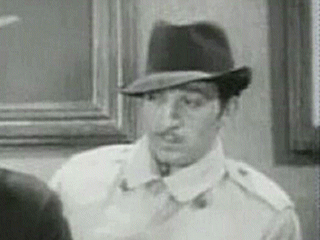
The Stolen Jools is a 1931 American pre-Code comedy short produced by the Masquers Club of Hollywood, featuring many cameo appearances by film stars of the day. The stars appeared in the film, distributed by Paramount Pictures, to raise funds for the National Vaudeville Artists Tuberculosis Sanitarium. The UCLA Film and Television Archive entry for this film says—as do the credits—that the film was co-sponsored by Chesterfield cigarettes to support the "fine work" of the NVA sanitarium.

General Crack is a 1929 American pre-Code part-talkie historical costume melodrama with Technicolor sequences which was directed by Alan Crosland and produced and distributed by Warner Bros. It was filmed and premiered in 1929, and released early in 1930. It stars John Barrymore in his first full-length talking feature. The film would prove to be Crosland and Barrymore's last historical epic together. It was based on the 1928 novel General Crack by the British writer Marjorie Bowen, published under the name George Preedy, one of her several pen names.
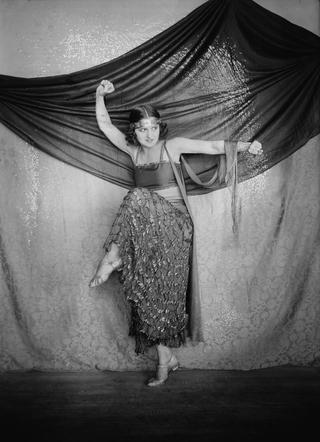
Albertina Rasch was an Austrian-American dancer, company director, and choreographer.
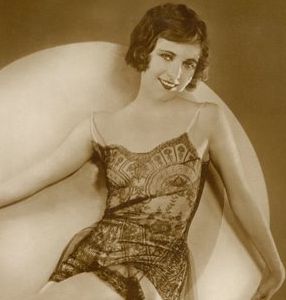
Frances Lee was an American film actress during Hollywood's silent film era, and well into the sound film era of the 1930s.

Lord Byron of Broadway (1930), also known as What Price Melody?, is an American Pre-Code musical drama film, directed by Harry Beaumont and William Nigh. It was based on a best selling book by Nell Martin, which "was widely praised by critics as an extremely true and amusing romance of stage life." It was filmed in black and white with two-color Technicolor sequences.
The March of Time is the title of an unreleased 1930 American Pre-Code musical film directed by Charles Reisner. The film was originally scheduled to be released in September 1930 by Metro-Goldwyn-Mayer but was shelved. The March of Time would have been one of the many musicals partially filmed in two-color Technicolor.

Broadway to Hollywood is a 1933 American pre-Code musical film directed by Willard Mack, produced by Harry Rapf, cinematography by Norbert Brodine and released by Metro-Goldwyn-Mayer. The film features many of MGM's stars of the time, including Frank Morgan, Alice Brady, May Robson, Madge Evans, Jimmy Durante, Mickey Rooney, and Jackie Cooper. Brothers Moe Howard and Curly Howard of The Three Stooges appear—without Ted Healy and without Larry Fine—almost unrecognizably, as Otto and Fritz, two clowns in makeup. It was the first film to feature Nelson Eddy.
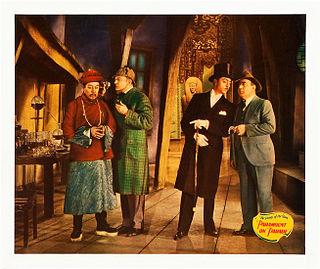
Paramount on Parade is a 1930 all-star American pre-Code revue released by Paramount Pictures, directed by several directors including Edmund Goulding, Dorothy Arzner, Ernst Lubitsch, Rowland V. Lee, A. Edward Sutherland, Lothar Mendes, Otto Brower, Edwin H. Knopf, Frank Tuttle, and Victor Schertzinger—all supervised by the production supervisor, singer, actress, and songwriter Elsie Janis.
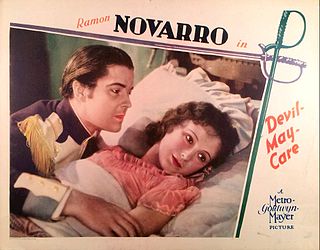
Devil-May-Care is a 1929 American Pre-Code musical film directed by Sidney Franklin with a Technicolor sequence of the Albertina Rasch Dancers. The film was released by Metro-Goldwyn-Mayer on December 27, 1929 and was Ramon Novarro's talkie debut.

Richard "Skeets" Gallagher was an American actor. He had blue eyes and his naturally blond hair was tinged with gray from the age of 16.

New York is a 1927 American silent drama film directed by Luther Reed and written by Barbara Chambers, Becky Gardiner, and Forrest Halsey. The film stars Ricardo Cortez, Lois Wilson, Estelle Taylor, William Powell, Norman Trevor, and Richard "Skeets" Gallagher. The film was released on January 30, 1927, by Paramount Pictures. It is considered a lost film.
